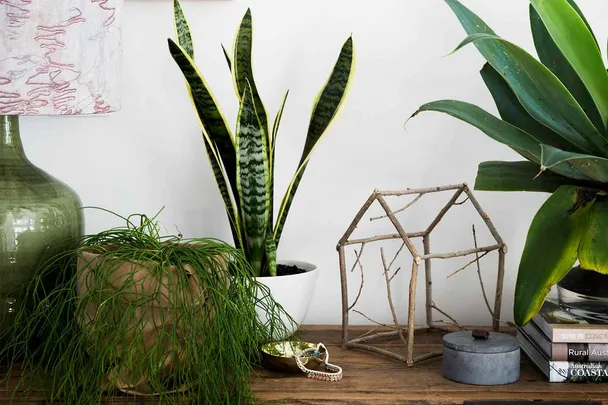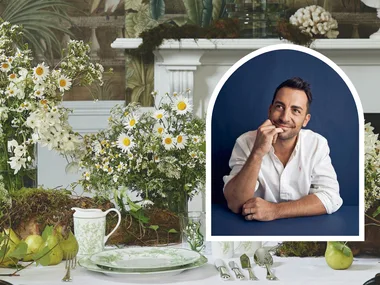Australia is famous for its long, hot, dry spells. But that doesn’t mean your garden has to suffer.
Snake plant
Don’t be alarmed – this one won’t attack! That said, it does get its name from its long, sharp leaves. So, watch your fingers. Indigenous to West Africa, this plant is one of the hardiest in the world. It can cope without much water – and without much light, too. So, even if you’re the most unpromising green thumb ever, you can expect it to grow. The snake plant’s other name is “mother-in-law’s tongue”.

Cactus
The king of the desert, the mighty cactus can survive anywhere. On top of that, it comes in all kinds of shapes and sizes – so it can double up as a bit of an artwork, especially if you invest in a colourful or unusual pot. Short on room? Go for a pincushion, which comes from Mexico and has beautiful bright flowers. If you have plenty of space and are looking for something more dramatic, consider a Mexican fence post.
Rubber plant
Scratch the rubber plant’s leaves or stems and you’ll soon work out where its name comes from. A rubbery sap will ooze out. If you plan on keeping one of these plants inside, be careful not to make a mess! Despite needing watering just once a week, it develops thick, stunning leaves and can grow to impressive heights. If that’s not what you’re after, you can always keep it under control with some pruning. Be careful not to let the plant sit in water for too long, as this can make it pretty unhappy.
ZZ plant
This one is popular in offices all over the planet – not only because it doesn’t drink much, but also because it has such a lovely, bright appearance. It’ll cheer you up – even if you’re not having a particularly enjoyable day or feeling overloaded with work! The ZZ plant flourishes best in a moderate amount of sunlight, but can handle low light, too. The reason it’s able to cope in such varied conditions is that its shiny leaves grow on incredibly efficient tubers. The ZZ is a long lost relative of the palm tree.
Ponytail palm tree
As the name suggests, this looks just like a horse’s tail – assuming that horse is green. It’s not a palm at all, but a kind of succulent that belongs to the agave family. Some people call the ponytail palm a bottle palm or elephant foot. A thick, round “trunk”, which is really good at storing water, provides a base for a bunch of slim, green, tapering leaves. You’ll need a spot that can provide bright light at least half the time (all the time is even better). And be sure to drain after watering. Like the rubber plant, the ponytail doesn’t like to go swimming.
This article first appeared at Starts at 60.
 Chris Warnes
Chris Warnes









